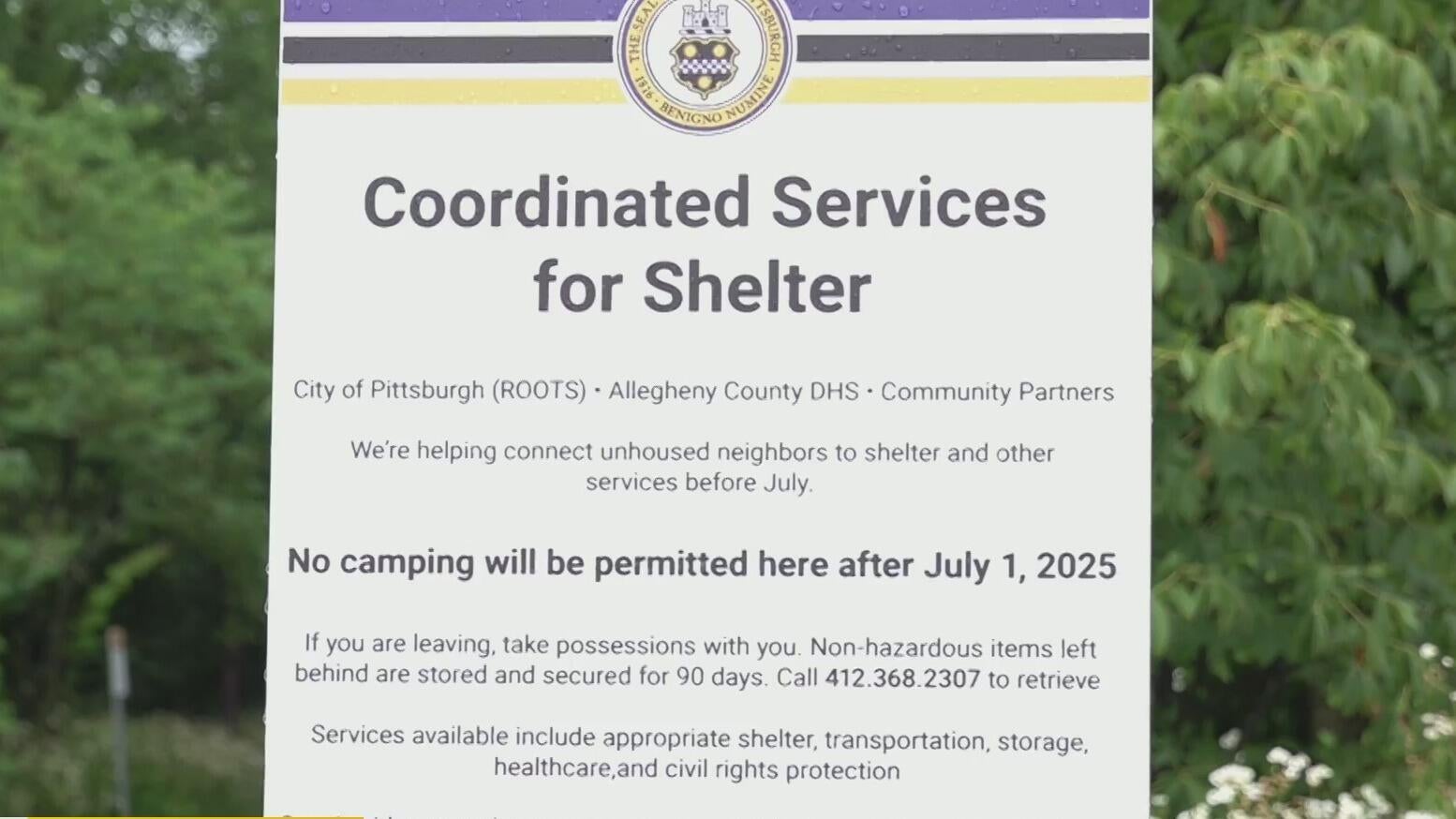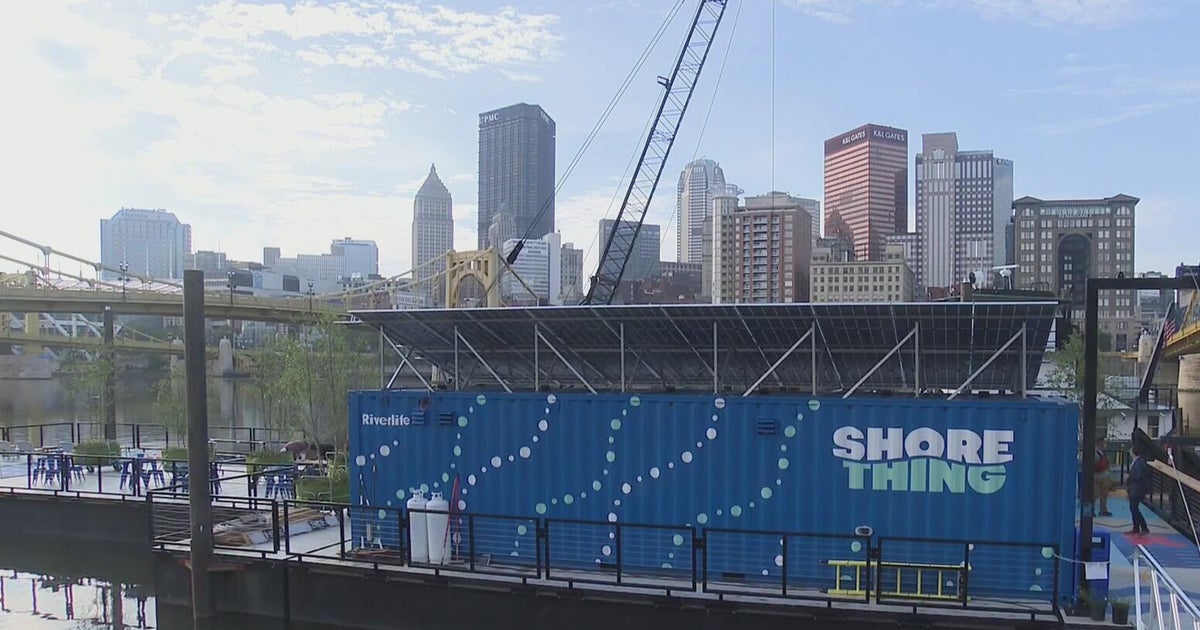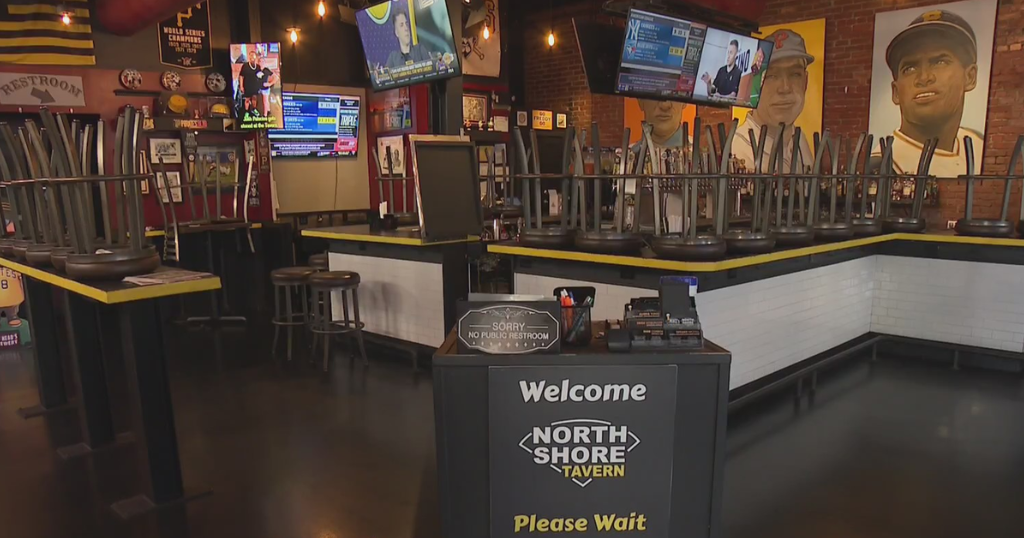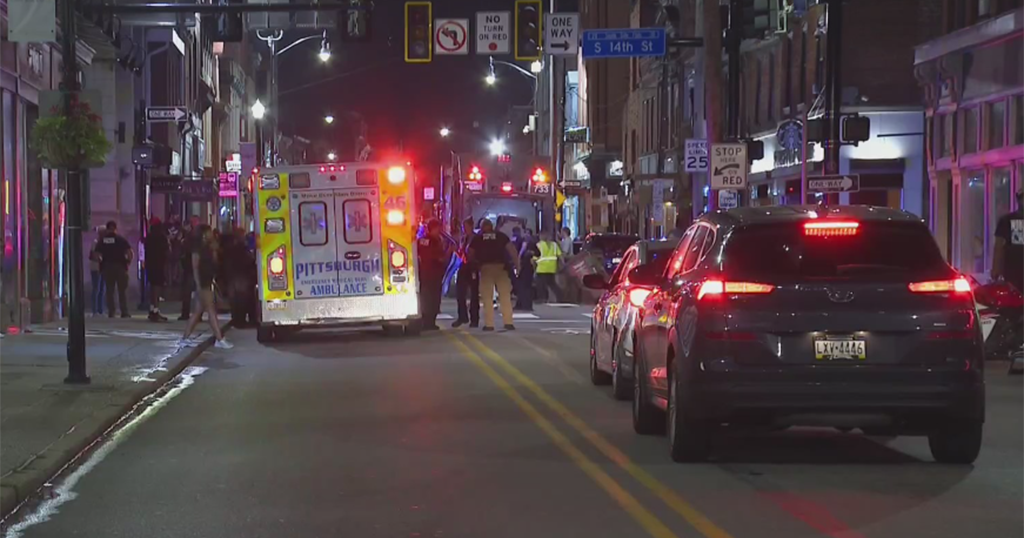Last of Pittsburgh's large homeless encampments cleared
The last of Pittsburgh's large homeless encampments has been cleared.
After decommissioning encampments on the North Shore and Downtown, the camp on the South Side river trail was vacated on Tuesday.
Weeks ago, the city posted the trail with signs advising that after Tuesday, camping here would no longer be permitted. By Tuesday morning, all who were there were gone, having at least been offered a shelter bed or single room as an alternative to a tent.
"This has been a long process to ensure that it wasn't traumatic to the population," Camila Alarcon-Chelecki of the city's Office of Community Health and Safety. "That we were able to get all the supports for them. And it wasn't rushed, so we did learn a lot from previous experiences."
Responding to complaints from walkers, runners and cyclists in the past several months, the city has cleared the Eliza Furnace Trail behind the Allegheny County Jail and the trail along the Allegheny River on the North Shore.
On Tuesday, workers from the city's Office of Community Health and Safety began the work of bagging up debris and cleaning the trail for recreational use, taking down the last of the city's large encampments.
"This is the biggest one left, but we will continue to be all over the place," Alarcon-Chelecki said.
Though the city and county say they'll hold the line on the establishment of future large encampments, they do expect tents will continue to pop up here and there.
"While the most visible signs of homelessness may be gone, through offers of housing, we will continue to reach out to people wherever they are," said Erin Dalton of the Allegheny County Department of Human Services.
The homeless population continues to increase in Allegheny County, with 924 availing themselves of shelter and 281 unsheltered. The county has largely succeeded in its plan of developing or identifying 500 units of permanent housing for people experiencing homelessness, but Dalton says more are needed to get people off the street and out of the shelters.
"For our particular population, we need more affordable housing, and we need people willing to give people a second chance," Dalton said.
In decommissioning the major encampments, the city and county have taken a major step in addressing the most visible form of homelessness, but the problem will persist as long as people don't have the means to feed and shelter themselves.




